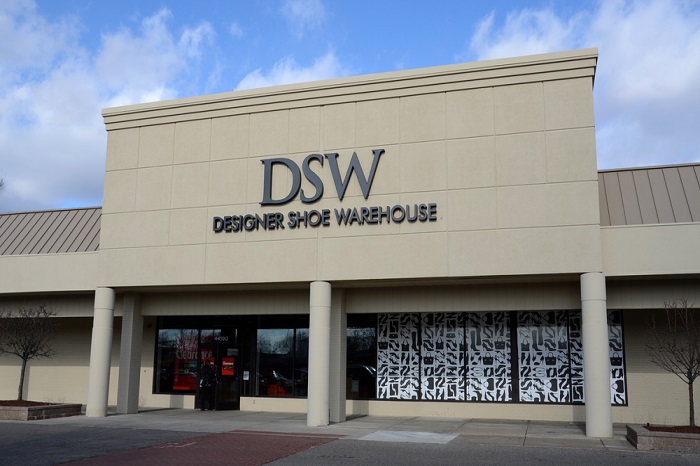
DSW, the discount shoe retailer, is investing big resources into transforming its business from a traditional brick-and-mortar, off-price retailer to a true omnichannel player that can sell customers whatever they want, at any time or place they want, however they want.
It’s been a massive undertaking for DSW, which began life in 1969 as a four-day-a-week warehouse that sold shoes at discount prices, incorporated in 1991, saw its IPO in 2005 and now operates 480 retail stores.
“Like many companies, DSW is trying to play catch-up with its customers. Traditional retailers are burdened with the arduous (and expensive) task of updating their technologies, processes and people to better serve today’s digitally savvy, 24/7 connected consumers,” according to Total Retail’s Joe Keenan. “Those consumers are setting the expectations; retailers are being forced to deliver upon them. Oh, and at the same time, compete with Amazon.com for online market share. No one ever said the retail business is easy.”
According to the National Retail Federation, DSW began its push to an omnichannel network four years ago under previous CEO Michael MacDonald, who believed the company needed to evolve into an omnichannel retailer to survive in the competitive world of mobile and eCommerce. At the time, DSW lacked the technology to truly pull it off, though.
DSW sank $10 million into enhancing its omnichannel capabilities in 2015.
And in 2015, the company received the “Best Omni-Channel Experience Award” at eBay Enterprise’s Annual Imagine Commerce Conference held in Las Vegas.
“The successful deployment of our ship-from-store capability transformed our stores into over 400 fulfillment centers with significant proximity to DSW’s 23 million Rewards customers,” then-CEO MacDonald said in a statement at the time. “Our omnichannel capability has doubled sales demanded in one place but fulfilled elsewhere to almost $100 million, volume equivalent to opening 20 DSW stores. Our goal is to expand the customer access from 2,500 choices within a local store to 15,000-plus choices throughout the DSW network.”
Flash forward to January of this year when Roger Rawlins replaced MacDonald as CEO (possibly, as The Wall Street Journal speculated, because he was in charge of implementing DSW’s omnichannel strategy at the time). Rawlins doubled down on the tough job of transforming the retailer into a true omnichannel player.
One of Rawlins’ first tasks on the job was to put together a Transformation Team that would be tasked with finding solutions to the many hurdles DSW will face in implementing its omnichannel strategy.
“Transformation at DSW has evolved from a function that was undefined at first to something now that people think is totally necessary,” Brian Seewald, DSW’s vice president of digital, said recently of the company’s push in a video shown at NRFtech.
In order to achieve its omnichannel overhaul, the Transformation Team is focused on innovating and overhauling technology and business strategies across the entire company to create a scalable omnichannel accessible to all customers, Seewald said.
DSW execs have said they view the push toward an omnichannel as a “blank slate” to transform the discount shoe retailer into a 21st century truly digital retailer, which means changing the way employees think by emphasizing data, analytics and customer quality assurance.
“Once we have a project that is cross-functional with major impacts, we use the Transformation Team to help transform the entire process,” Ashlee Aldridge, DSW’s senior vice president and CIO, told the National Retail Federation.
Every quarter, DSW’s Transformation Team meets to take a look at the analytics to determine whether its latest phase of its omnichannel implementation strategy is a success before moving on to the next phase, according to Aldridge.
If DSW can successfully become a player in omnichannel, it could open new markets and new ways of reaching and enticing existing customers, something the retailer (like most retailers) badly needs at the moment.
After DSW reported lower-than-expected earnings for the first quarter of this year, the company then proceeded to lower its forecasted earnings for the remainder of the year to $1.32–$1.42 per share, down from a previous expectation. The company also lowered expected revenue growth this year to 6 percent, down from an earlier forecast of 8–10 percent.